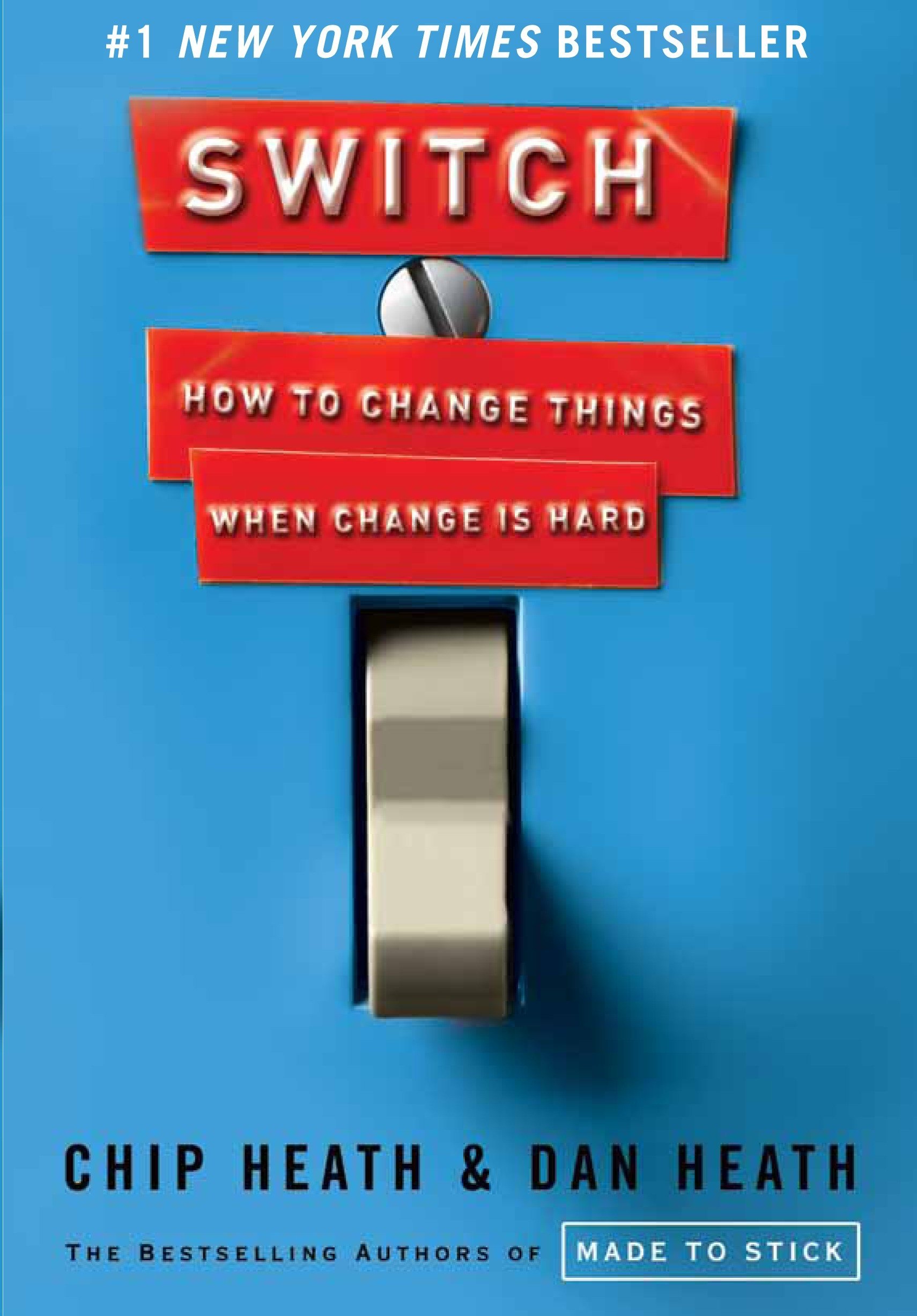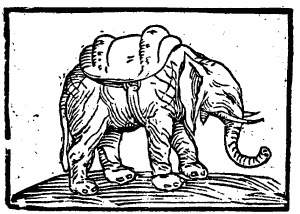Review: Switch

Switch is a book providing a way to think about change, how it impacts our fellow humans and how to facilitate for them - us really - going through it.
The book is really easy and pleasant to read thanks to a perfect balance of real life examples, concrete case studies and a short set of recipes associated to them.
Summarizing its key takeaways here would not be fair as the book ends with its own summary and a very nice layout of its takeaways. So I'll only share the ideas that stood out for me and how I understood the overall train of thought.
Resistance to change ? Take a step back
One of the most valuable insights that the book provides is actually more like a mantra than an empiric recipe.
The "fundamental attribution error" is proposed as a principle that we should hold on whenever a change appears to face strong resistance.
From this principle comes the fact that we should then consider that the resistance comes from a combination of lack of clarity on what the change is about and the fact that the "situation" in which the ones impacted by the change find themselves.
I find this to be a good advice as it provides a way to take a step back when we may be stuck in a conflict, possibly with tensions and a temptation to press on.
The Rider and Elephant model
OK, so now you've taken a step back, what's next ? And what about avoiding the resistance form the start ? That's where the main model explored by the book comes in: humans facing change are like a rider on top of an elephant.
The rider represents the analytical or critical thinking. It is expected to understand the need to change but may still be skeptical. To deal with this skepticism the book offers a short selection of recipes.
The elephant stands for our feelings and emotions. It wants to be in the comfort zone, whether it means staying or moving there. The book offers again some recipes to make the change look more comfortable.
For changes that are not likely to be completed in an instant (the difficult kind) the rider's conviction and the elephant's comfort may vary over time. To keep them both aligned in the right direction, the book eventually proposed some recipes to "shape the path". That's the third and last element of the author's model, designed to keep the change's momentum.
Conclusion
Despite the obvious feeling of facing an oversimplification, the model and recipes proposed by the author are backed by insightful examples. They are also, indeed, simple enough to think about.
I'd recommend to read and consider the book as a checklist. Run through it to generate some insight when you're thinking about a change. And feel free to consider the result as a first approximation in need for refinements.

